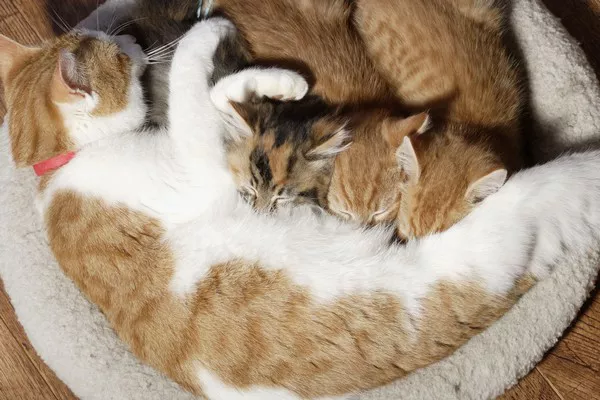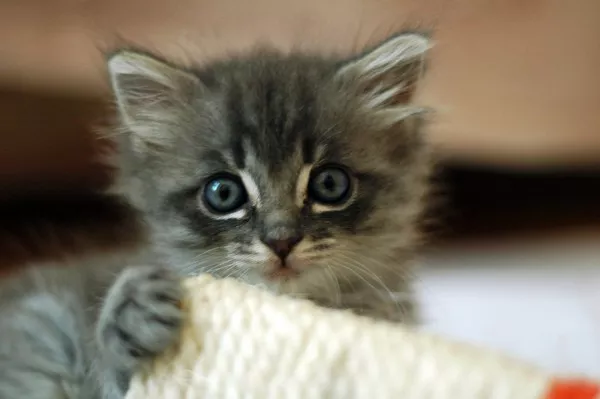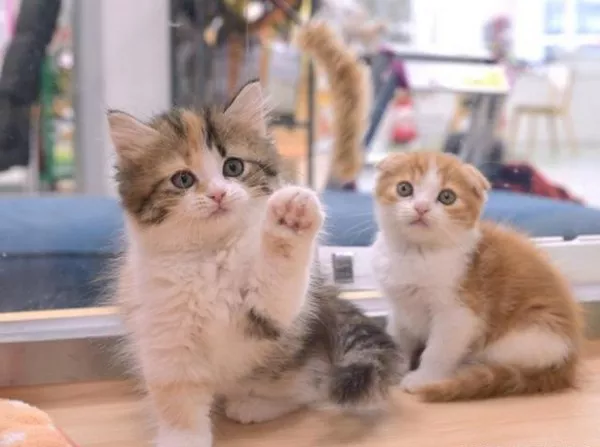Tortoiseshell cats, with their striking mix of colors and distinct personalities, have captured the hearts of cat enthusiasts for generations. These unique felines boast a patchwork of rich hues and a temperament as vibrant as their coats. In this comprehensive guide, we will delve into the world of tortoiseshell cats, exploring what makes them special, their genetics, distinct characteristics, and even their place in folklore and culture. So, let’s begin our journey to uncover the enigmatic beauty of what is a tortoiseshell cat.
Defining What Is Tortoiseshell Cat
What is a tortoiseshell cat? Tortoiseshell cats, often referred to as “torties,” are easily distinguishable by their mottled coats, which showcase a blend of two primary colors – typically black and orange.
These colors manifest in random patches, giving tortoiseshell cats a distinctive and beautiful appearance. The word “tortoiseshell” is derived from the resemblance of their coat patterns to the coloration of a tortoise’s shell. However, it’s important to note that a tortoiseshell cat is defined by its coat color and not by its breed, as this unique pattern can be found in various breeds and even among mixed-breed cats.
The Genetics Behind Tortoiseshell Cats
Understanding the genetics behind what is a tortoiseshell cat is crucial to appreciate the complexity of their coat coloration. Tortoiseshell cats are almost exclusively female, and this is due to the genetic basis of their coat pattern. The coat colors in cats are determined by two genes: the black (B) gene and the orange (O) gene. In the case of tortoiseshell cats, they possess both a black and an orange gene, leading to the patchy coloration.
The unique feature of tortoiseshell cat genetics is linked to the X chromosome. Male cats have one X and one Y chromosome (XY), while females have two X chromosomes (XX). In females, one X chromosome carries the black gene, and the other carries the orange gene. During embryonic development, one of the X chromosomes is randomly inactivated in each cell. This means that some cells express the black gene, while others express the orange gene, leading to the distinctive tortoiseshell pattern. In rare cases, male cats with an extra X chromosome (XXY) can also exhibit tortoiseshell coloring.
Distinct Characteristics of Tortoiseshell Cats
Apart from their captivating coat patterns, tortoiseshell cats exhibit several distinct characteristics that set them apart in the feline world.
These characteristics can vary from one individual cat to another, but some common traits include:
1. Strong-Willed and Independent: Tortoiseshell cats are known for their strong personalities. They are often independent and may display a touch of stubbornness.
2. Affectionate and Vocal: Many tortoiseshell cats are affectionate and enjoy interacting with their owners. They can also be quite vocal, expressing their needs and desires.
3. Playful and Energetic: These cats tend to have an abundance of energy and enjoy playtime. Providing them with toys and mental stimulation is essential to keep them happy.
4. Territorial: Tortoiseshell cats may be protective of their space and may not always get along with other pets, particularly other cats.
5. Loyal: While they can be a bit aloof at times, tortoiseshell cats often form deep bonds with their owners and can be incredibly loyal companions.
Folklore and Cultural Significance
Tortoiseshell cats have held a special place in folklore and cultural beliefs throughout history. In various cultures, these cats are considered to bring good luck. In Japan, for example, the “Maneki-neko” or beckoning cat figurine, which is often a tortoiseshell cat, is believed to bring fortune and happiness. In the United States and other Western cultures, tortoiseshell cats have been associated with protection against evil spirits and bringers of good luck.
However, it’s important to remember that these beliefs are steeped in tradition and superstition and should not influence how one cares for their tortoiseshell cat. Regardless of cultural significance, every tortoiseshell cat deserves love, care, and respect.
Caring for a Tortoiseshell Cat
Caring for a tortoiseshell cat is not significantly different from caring for any other feline companion. It involves providing proper nutrition, regular veterinary care, and a loving environment. Here are some specific considerations:
1. Diet: Ensure your tortoiseshell cat receives a balanced and nutritious diet. Consult with your veterinarian for recommendations based on age, weight, and health status.
2. Grooming: Their distinctive coats may require extra grooming to prevent matting and keep them looking their best. Regular brushing can also be an excellent bonding activity between you and your cat.
3. Regular Check-ups: Just like any other cat, tortoiseshell cats require regular veterinary check-ups to monitor their health and address any potential issues promptly.
4. Environmental Enrichment: Provide them with toys and activities that stimulate their minds and help burn off energy. Tortoiseshell cats often enjoy interactive play and puzzle toys.
5. Spaying and Neutering: If you have a female tortoiseshell cat, spaying is recommended not only for population control but also to avoid any potential health issues associated with their unique genetics.
Conclusion
In conclusion, understanding what is a tortoiseshell cat goes beyond their unique coat pattern. These cats are captivating, with distinct personalities and a fascinating genetic background. As a tortoiseshell cat owner, it’s essential to embrace their individuality, provide them with the care they need, and appreciate their quirks. Whether your tortie is vocal and affectionate or more reserved, they are sure to bring joy and charm to your life, making them a beloved addition to any household.
Related Topics:
Unraveling the Mystique of Tortoiseshell Cats: A Unique Feline Phenomenon
The Colorful Palette: Exploring the Range of Tortoiseshell Cat Offspring
What is a tortoiseshell cat? What does a tortoiseshell cat look like?

























